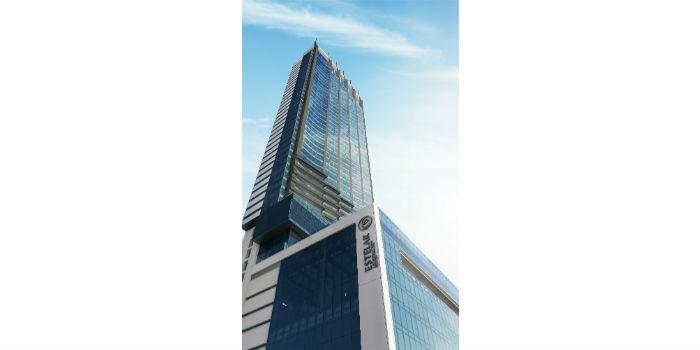 Colombia. Trane Colombia delivered a list of five key tips to achieve sustainable results in energy projects in buildings.
Colombia. Trane Colombia delivered a list of five key tips to achieve sustainable results in energy projects in buildings.
Reports from Ideam (Institute of Hydrology, Meteorology and Environmental Studies), confirm that this year the highest temperatures in the history of some cities in Colombia have been recorded, so the issue of energy efficiency is part of the priorities of each building manager.
There are a wide range of improvements that can increase the performance of a building's system, many of which can be easily identified using the correct information from the building's own data. The Trane Company offers five tips for evaluating improvements that can be made to buildings to help optimize energy efficiency, occupant comfort and equipment performance.
1) Analyze problem areas in buildings: It may seem obvious, but the analysis could be quite productive. If building managers are receiving frequent complaints from a particular area, there is likely a problem, but by delving into those complaints, the problem can be understood more broadly.
A room that receives more heat complaints during hot afternoons despite being connected to the central air system, may have windows that are not effectively fully sealed. A room that is too hot in the winter could be near a pipe that emits a dangerous amount of heat that needs to be replaced. By analyzing problem areas and delving into complaints, you can get a better idea of the problem and prepare.
2) Start step by step: When starting the improvement process, you should not attack all of them. You can have a list of areas and equipment of interest to improve; start on a smaller scale, prioritize and work the list little by little. If you don't have a list, start by analyzing the building and equipment data to see how it's working. Using this information, you can discover the easy improvements, and perhaps low cost or even no cost, that do not require much investment of time or money, but that can give you a significant return for improving energy efficiency and occupant comfort.
3) Use schedules that match building occupancy: Effective scheduling can be a powerful tool to help maximize energy efficiency. Knowing which systems operate the most at a given time allows you to plan and adjust the equipment according to its use and optimize the energy required in the best possible way. By having a good idea of the schedule in which the largest number of occupants of the building is located, systems can be better aligned to provide them with the energy when they need it and reduce it when they do not require it.
4) Continuously commission systems to maintain expected performance – No matter how automated or connected a power system is, there are always minor issues that will inevitably arise, causing equipment to not perform as expected. Extensive systems, such as heating and cooling, should be regularly commissioned to ensure that they are operating at a productive level.
Using system analytics correctly will make it possible to easily identify areas that can be easily improved for better efficiency, as well as any other problems as they arise. Not only will this keep these systems running as expected, but it will make it much easier to adjust them to work at levels that exceed expectations, making their work easier and achieving greater satisfaction from the people who occupy the building.
5) Alternating energy demand at non-peak times: Supply and demand is a basic economic principle, and applies as much to energy as to anything else. The more energy used during peak hours – the hours when most people also consume energy – the higher the cost. By alternating energy demand at non-peak hours, which by the way is the vast majority of hours in a given year, you can save a significant amount of money. This can be achieved with thermal storage solutions that alternate daytime energy consumption at non-peak times, as well as smart meters that enable pricing based on consumption schedules.














